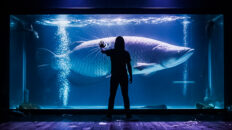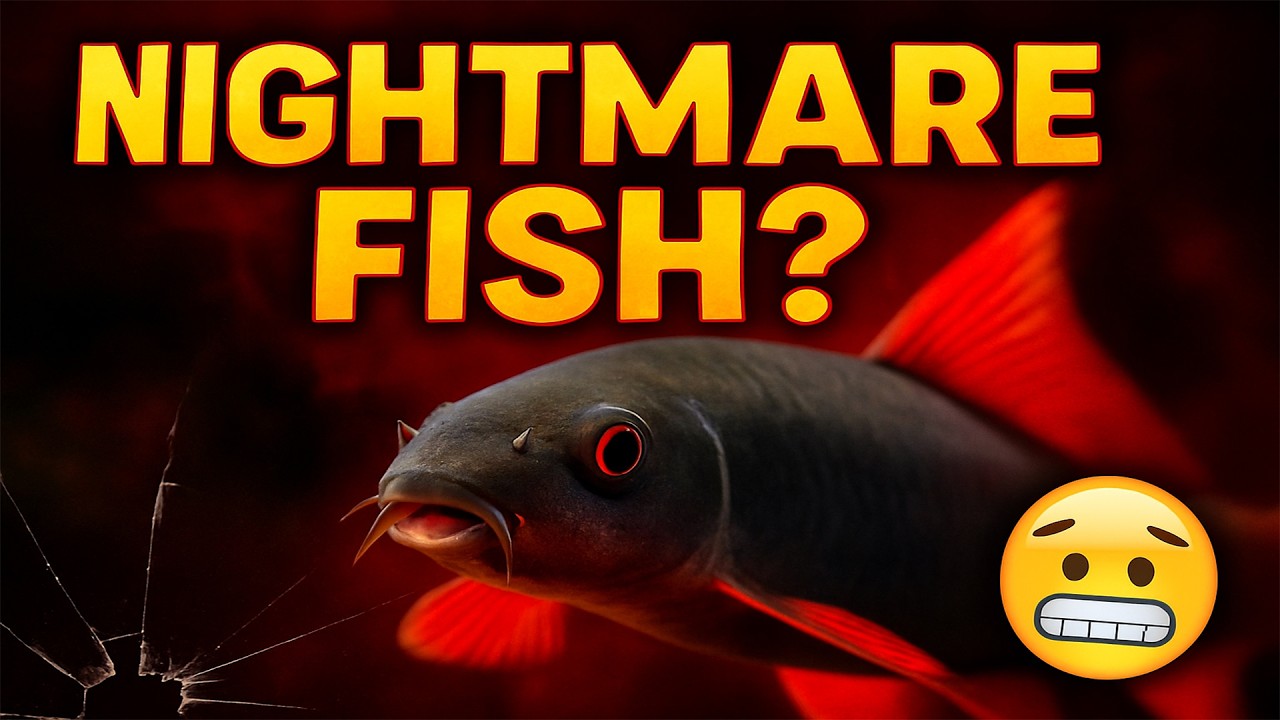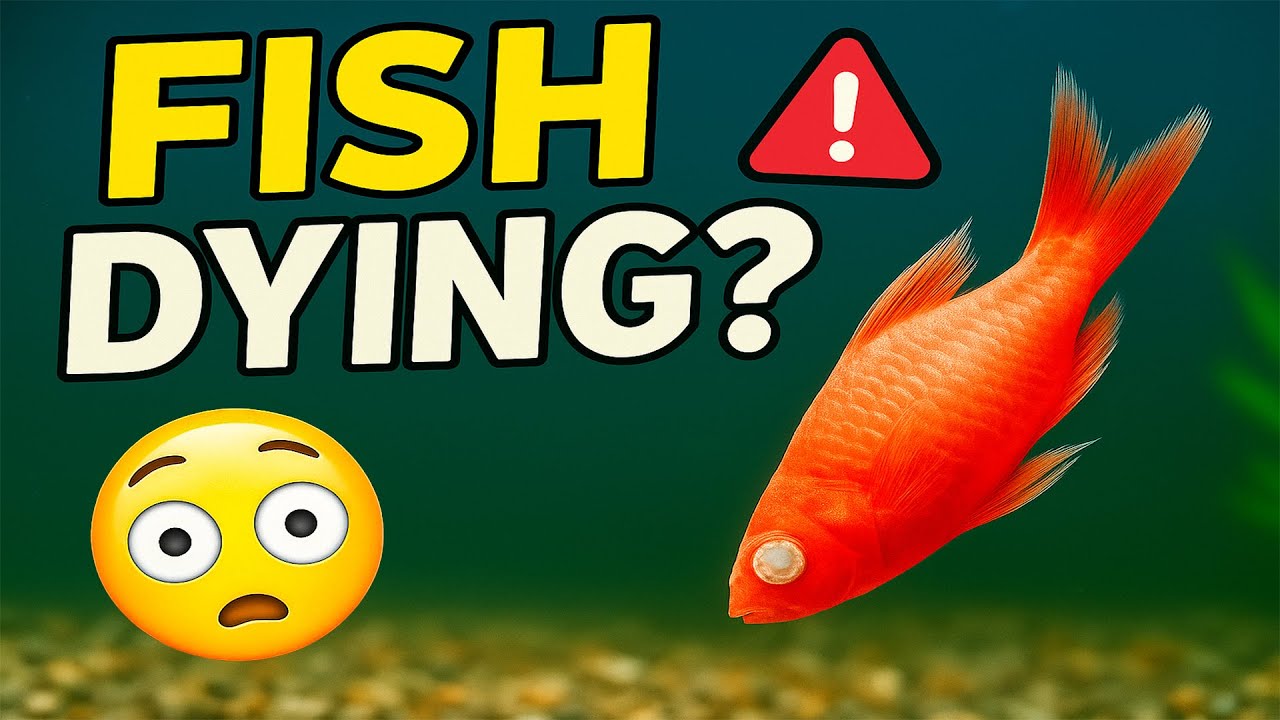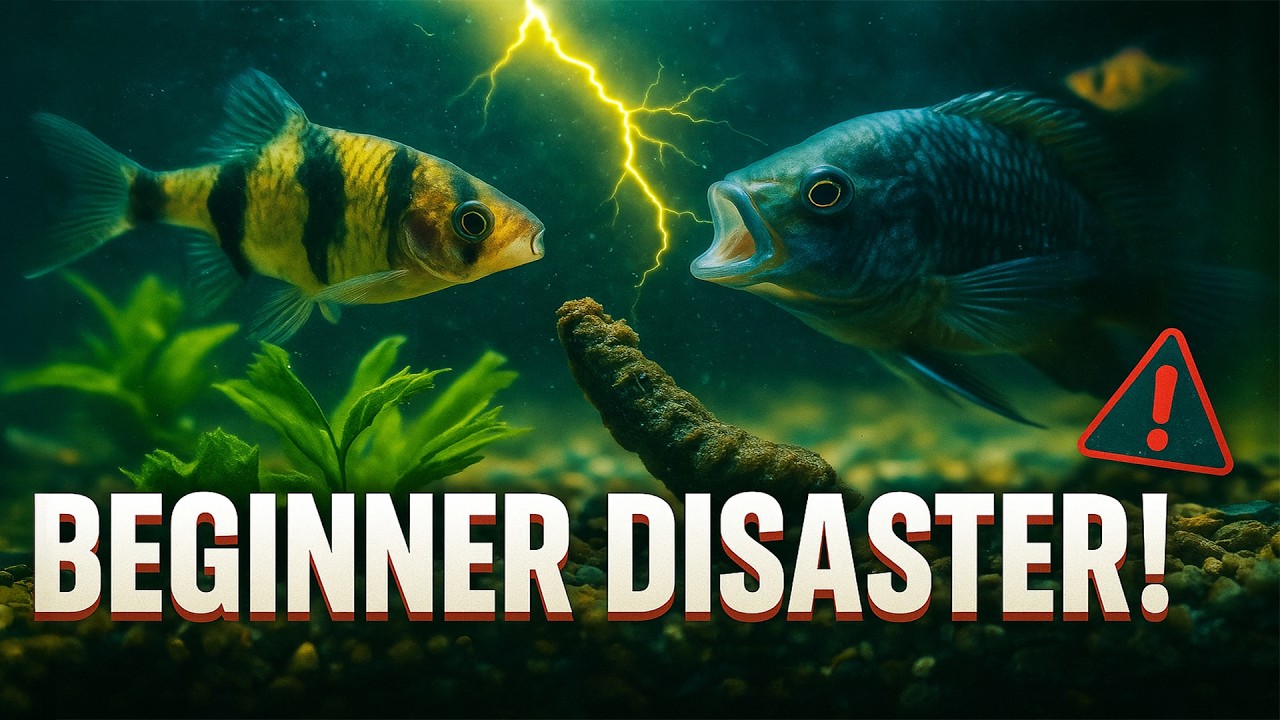Looking for the best Betta tank mates? You’re in the right place. This guide shows real, proven companions that can live with a Betta fish in a no-aggression setup—plus the science of why they work. If you’ve searched “best tank mates for betta,” “peaceful fish for betta,” or “betta fish and shrimp compatibility,” you’ll get practical answers you can trust.
Why Bettas Seem “Aggressive” (But Don’t Have to Be)
Bettas aren’t evil—just territorial labyrinth fish. In small, open tanks with bright lighting and no cover, they see everything as a threat. Trigger points that raise stress and fin-nipping include: mirror-like glass, fast swimmers near the surface, and long-fin tank mates that resemble rival males. Reduce those triggers and your Betta’s baseline stress drops fast.
- Ideal temperature: 24–27°C (75–81°F)
- Flow: gentle; avoid strong surface currents
- pH: ~6.5–7.4 (stable > “perfect”)
- Cover: dense plants, floaters, caves, wood, leaf litter
- Lighting: moderate; use shadows & floating plants to break sightlines
Rules for a No-Aggression Betta Community
- Start with the Betta’s personality. Choose a calmer male or any female; avoid known “fighters.”
- Scape first, stock later. Add plants and hides to create multiple micro-territories.
- Choose bottom dwellers or mid-water schooling fish. Avoid flashy top swimmers that invade the Betta’s air-breathing zone.
- Introduce at lights-off. Feed lightly, release new tank mates after sunset to lower tension.
- Use a “plan B”. Keep a breeder box or spare tank in case chemistry fails.
The 7 Betta Tank Mates That Actually Work
#7 Mystery Snail (Pomacea)
Why it works: Zero competition; slow, peaceful, and an excellent cleanup crew. A single large snail won’t trigger territorial responses and helps with leftover food and algae film.
Care notes: Provide calcium (KH/GH support). Betta curiosity is normal—ensure the snail can retreat.
#6 Amano Shrimp (Caridina multidentata)
Why it works: Fast, smart, and laser-focused on algae. Adult Amanos (2+ inches) are big enough to avoid predation and occupy different “jobs” than a Betta.
Pro tip: Add moss and wood for micro-hiding. Feed tiny sinking pellets at lights-off so Bettas don’t harass them at mealtime.
#5 Kuhli Loach (Pangio)
Why it works: Nocturnal “spaghetti noodles” that live at the bottom, far from the Betta’s preferred zone. They reduce leftover waste by scavenging between roots and rocks.
Group size: 4–6+, soft sand preferred; lots of tubes and leaf litter to reduce daytime stress.
#4 Otocinclus Catfish
Why it works: Shy, small algae grazers that stick to glass, wood, and plant leaves. They are non-competitive, stay out of the Betta’s way, and help keep diatoms in check.
Care notes: Only add to mature tanks with steady biofilm; supplement with blanched veggies/algae wafers.
#3 Harlequin Rasbora (Trigonostigma heteromorpha)
Why it works: Calm, tight-schooling mid-water fish with subtle colors—no flashy fins to provoke your Betta. Their steady movement “diffuses” attention and lowers tension.
Stocking: 8–12 fish in a planted 20-gallon is a sweet spot; use dark substrate and floating plants for a cinematic look.
#2 Corydoras (Panda & Pygmy)
Why it works: Peaceful bottom-dwellers that ignore the Betta’s territory. Pygmy Corys also occupy mid-water now and then, adding gentle movement without crowding the surface.
Care notes: Keep 6+; soft sand to protect barbels; offer micro-pellets and frozen foods.
#1 Ember Tetra (Hyphessobrycon amandae)
Why it works: Tiny, orange glow that stays mid-to-lower water. They school tightly and don’t nip fins. With a Betta, they create a calm, warm color palette—cinematic perfection.
Stocking: 10–15+ in dense plants; combine with floaters for soft, amber light and zero glare.
Common Mistakes (and the Fix)
- Adding fast top swimmers: Danios, barbs, or guppies often stress Bettas. Choose calmer schooling fish instead (rasboras, embers).
- High flow & harsh light: Bettas dislike turbulence and glare. Use a spray bar or sponge filter; add floaters for shade.
- Overstocking small tanks: 10–20 gallons gives you options; nano tanks should stay minimal (snails/shrimp + 1 small school at most).
- Introducing at peak lighting: Always release new fish at dusk; feed the Betta first to reduce curiosity aggression.
Step-by-Step: Build a Peaceful Betta Community
- Scape for privacy: Tall stems in back, crypts/anubias up front, wood and caves breaking sightlines. Add floating plants (salvinia, frogbit).
- Cycle & mature: Wait for stable biofilm; add snails/shrimp first, then schooling fish, Betta last.
- Choose a calm Betta: Short-fin or female Bettas are often less reactive than long-fin show males.
- Soft start: Lights off, drip-acclimate, feed lightly. Observe for 48–72 hours.
- Fine-tune: If flaring persists, add more cover, reduce photoperiod, or use a breeder box temporarily.
3 Myths Every Betta Owner Still Believes
- “Bettas must live alone.” Not always. With the right tank mates and layout, many Bettas coexist peacefully.
- “Any peaceful fish will work.” Nope—avoid fin-nippers and hyper top swimmers. Match zone, tempo, and appearance.
- “Smaller tanks are easier.” Smaller tanks magnify mistakes. A planted 20-gallon is easier to stabilize than a bare 5-gallon.
Pro Tips for Long-Term Harmony
- Feed strategy: Target feed bottom dwellers with tongs; feed Betta first so he’s less curious.
- Light & photoperiod: 6–8 hours/day; consider a midday “siesta” if algae or tension creeps up.
- Water changes: 25–30% weekly; keep temperature and TDS consistent to avoid stress spikes.
- Behavior watch: Occasional flare = normal. Persistent chasing or nipping = remove the trigger fish.
Scientific Insight: The Real Biology Behind Betta Behavior
Betta splendens are often labeled as “aggressive,” yet scientific studies show that their behavior is a complex balance between territorial signaling, visual stress, and environmental triggers. According to Applied Animal Behaviour Science (2021), male Bettas exhibit heightened flaring and chasing behavior primarily when exposed to mirror images or bright, reflective environments — not simply due to tank mates.
Research from Environmental Biology of Fishes (2020) explains that Betta fish aggression correlates strongly with oxygen competition and visual line-of-sight exposure. In tanks enriched with plants, driftwood, and dim lighting, stress hormones such as cortisol were observed to drop by over 30%, improving overall social tolerance. This supports the concept that “aggression” can be mitigated through tank design rather than isolation.
Furthermore, a comparative study in Integrative and Comparative Biology (2022) identified how color perception and dominance hierarchies affect Betta compatibility. Males exposed to softer spectrum lighting (5000–6500K) and variable backgrounds displayed calmer territorial patterns and less fin damage compared to those under direct daylight LEDs. These findings confirm that aggression in Bettas is more an environmental management issue than an innate trait.
By combining these biological insights with practical aquascaping and tank-mate selection, aquarists can create truly stable Betta community tanks where stress, oxygen competition, and visual conflict are minimized. Science supports what experienced hobbyists already know — a calm environment builds a calm Betta.
Explore More Betta & Community Fish Guides
Understanding Betta behavior is only the beginning. If you’ve ever wondered why these beautiful fish act the way they do, 7 Surprising Secrets About Betta Fish You Never Knew dives deeper into the hidden science behind their color shifts, territorial instincts, and unique breathing system. It’s the perfect follow-up for fishkeepers who want to master Betta biology beyond surface-level care tips.
For aquarists planning their first community tank, How to Build a Peaceful Community Fish Tank – Beginner’s Setup Guide offers a complete walkthrough on combining fish species that actually get along. You’ll learn how filtration, lighting, and aquascaping shape fish behavior — especially when housing semi-aggressive species like Bettas. And if you’re still choosing your first fish, 10 Beginner Aquarium Fish You Won’t Regret Buying reveals hardy, peaceful species that thrive even in smaller tanks.
But not every fish belongs in a community aquarium. Some species, while stunning, can be unexpectedly violent toward their tankmates. Our guide on Top 5 Aquarium Fish That Killed Their Tankmates (NEVER Put Together!) exposes the most notorious offenders that even experienced hobbyists regret owning. And if you’re fascinated by predatory or “monster” fish, don’t miss 11 Monster Fish That DESTROY Tanks (Viewer Picks) — a viewer-driven deep dive into species that outgrow tanks, devastate setups, and challenge even expert aquarists.
Together, these guides form a complete roadmap for creating a safe, balanced aquarium — from selecting beginner-friendly fish to managing aggressive predators. Whether your goal is a peaceful Betta tank or a thriving multi-species ecosystem, each article helps you build confidence, prevent common mistakes, and keep your fish healthy long-term.
FAQs (People Also Ask)
What size tank do I need for Betta tank mates?
For a real community, aim for 15–20 gallons with plants and hides. Nano tanks can work with just snails/shrimp, but options are limited.
Can Bettas live with shrimp?
Yes—especially Amano shrimp and adult Neocaridina. Provide moss and wood. Very small shrimp may be hunted by curious Bettas.
Which schooling fish pair best with Bettas?
Harlequin rasboras and ember tetras—calm swimmers, subtle colors, minimal fin-nipping risk.
Do Corydoras or Kuhlis bother Bettas?
No. They occupy different zones and ignore the surface. Keep them in groups and use sand to protect barbels.
What if my Betta still bullies everything?
Use a breeder box to cool down, add more cover, shorten light hours, or keep the Betta solo. Personalities vary—have a backup plan.
Have a winning combo? Tell us which tank mate worked best with your Betta—your story might help another fishkeeper build a calm, beautiful community.










Add comment